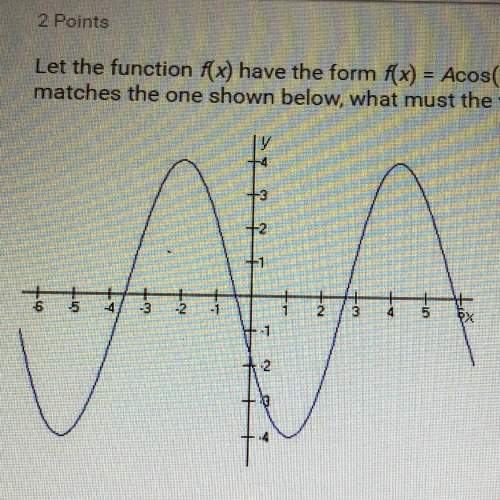
Mathematics, 15.04.2020 03:06 jerico9184
A function has the ordered pairs (1,3), (7,4), (8,6), and (9,y). What restrictions are there on the value of y so that the inverse of the function is also a function? Explain.

Answers: 1


Another question on Mathematics

Mathematics, 21.06.2019 22:00
Asquare and an equilateral triangle have the same perimeter. each side the triangle is 4 inches longer than each side of the square. what is the perimeter of the square
Answers: 1

Mathematics, 21.06.2019 22:50
Abdul is making a map of his neighborhood he knows the following information: his home, the middle school, and high school are all on the same street. his home, the elementry school, and his friends house are on the same street. the angle between the elementary school, middle school, and his home is congruent to the angle between his friends house, the high school, and his home. what theorem can abdul use to determine the two triangles are similar? a- side side side similarity theoremb- angle angle similarity theoremc- corresponding parts of similar triangles are congruentd- pieces of right triangles similarity theorem
Answers: 1

Mathematics, 21.06.2019 23:40
Which of the following is best modeled using a linear equation y=ax+b, where a is less than 0?
Answers: 2

Mathematics, 22.06.2019 00:30
Which number can each term of the equation be multiplied by to eliminate the decimals before solving? 5.6j- 0.12=4+1.1j
Answers: 3
You know the right answer?
A function has the ordered pairs (1,3), (7,4), (8,6), and (9,y). What restrictions are there on the...
Questions

Mathematics, 23.01.2020 18:31




English, 23.01.2020 18:31

Mathematics, 23.01.2020 18:31

Mathematics, 23.01.2020 18:31



Mathematics, 23.01.2020 18:31



Physics, 23.01.2020 18:31



History, 23.01.2020 18:31


Mathematics, 23.01.2020 18:31


English, 23.01.2020 18:31




